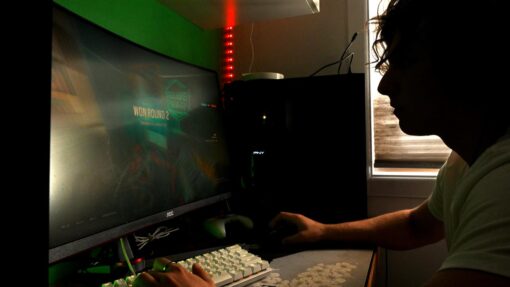New details on Aust’s other giant wombat
Nick Gibbs |

A complete skull of Australia’s lesser-known giant wombat has revealed new insights into the biology and appearance of the extinct megafauna species.
Although the more famous hatchback-sized Diprotodon is commonly referred to as a giant wombat, there is a more perfect match, Associate Professor Julien Louys from Griffith’s Australian Research Centre for Human Evolution says.
“Diprotodon belongs to an entirely different family – equivalent to saying a hippo is just a giant pig,” he said
“True” giant wombats have traditionally been poorly known, but the discovery of the most complete skull of one of these giants, Ramsayia, gave researchers the chance to reconstruct what this creature looked like, where and when it lived, and how evolution unfolded, Associate Prof Louys said.
The cranium and mandible of the Ramsayia magna fossil were discovered in Lower Johansons Cave in Rockhampton in the early 2000s, but it took further excavations and analysis to confirm they belonged to a previously described but very poorly known species.
Extinct giant wombats of the family Vombatidae, broadly defined as twice the size of modern wombats, are rarer than the fossil diprotodontids that are often incorrectly referred to as giant wombats.
Ramsayia had extensive cranial sinuses, which had not been previously reported for a wombat, Associate Prof Louys said.
“This indicates that the wombat had a large, rounded skull for the attachment of specific and strong chewing muscles,” he said.
“The giant wombat also possessed a premaxillary spine, an indication that it had a large, fleshy nose.”
Research shows that all “true” giant wombats first evolved large body sizes before becoming more specialised to eat different types of grasses.
“We also dated this species as being about 80,000 years old. This is the first date for this species and is much earlier than human arrival in Australia, although we still don’t know exactly when or why this species became extinct.”
The research has been published in Papers In Palaeontology.
AAP


